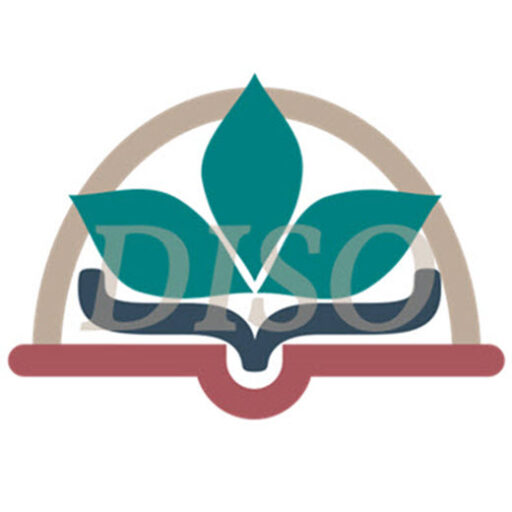NEW TO THIS STUDY? START HERE.
Hello again: here’s another week of awesome revelation from God’s Word!
Last Week’s Work
COMPARISONS
I noticed just one comparison in verse 13, where Ruth distinguishes herself from Boaz’s servants. The wording is awkward, I think, first calling herself your servant, but then saying … I am not one of your servants. My NASB95 Bible is a little clearer about the contrast, though. It reads: … I am not like one of your maidservants (emphasis mine). Perhaps because Ruth was Moabite?
CAUSES/MOTIVATIONS
I found these action – connector – explanation patterns relevant to the treatment Ruth received that first day in the field:
- explanation: She [Ruth] said, “Please let me glean…”
So
action: she came, and she has continued from early morning until now… (v7).
Here, the servant didn’t expressly say he’d given Ruth permission. I’m guessing the original audience for Ruth would already know she was entitled to do so under Mosaic law (as discussed last week).
- action: [Ruth] found favor in [Boaz’s] eyes… [even though she was] a foreigner (v10).
[because]
explanation: all she’d done for her mother-in-law… [leaving her] father and mother… [leaving her] native land and [coming] to a people [she] did not know before. (v11)
This is Boaz’s explanation when Ruth asked him why he was so kind to her. I wonder if the question indicates she didn’t know the gleaning law included foreigners. Boaz’s response shows he knew all about her, including her treatment of Naomi, that she was widowed, and she’d left family and country to live among Jews.
- action: [Ruth] found favor in [Boaz’s] eyes…
for
explanation: [Boaz] comforted [her] and spoke kindly to [her]. (v13) - explanation: Boaz invited her to eat with him and his workers
So
action: she sat beside the reapers, … he passed her roasted grain, … she ate till she was satisfied (v14)
I’ve mentioned before this seems like over-the-top favor: the law says nothing about feeding gleaners as they worked, let alone inviting them to sit with the master and share his wine.
- explanation: After the meal, Boaz told his young men to let her glean even among the sheaves, don’t verbally harass her, and even help her (vv15-16).
So
action: she gleaned until evening (v17).
CONDITIONS/METHODS
As I read through this chapter. I noticed how Boaz didn’t initially seem to know who Ruth was (v5), but by v14, he’s inviting her to eat and share wine with them. As I considered this, the Spirit reminded me of a phrase in Ruth 1:19 I don’t think I even mentioned in our study of Ruth 1: when [Naomi and Ruth] came to Bethlehem, the whole town was stirred because of them. Boaz came from Bethlehem to the field (v4). If the whole town was stirred, he must have known about their arrival. I see him having least two responsibilities here: as an Israelite, to allow Ruth to glean; and as a member of Elimelech’s clan (v1), to be their redeemer per Naomi (v20). I really feel the Spirit moving me to learn more about redemption right now. Not only does it appear here in Ruth, but it also came up in my daily Bible reading this past week! Talk about a Wow! moment!
I also took note of how Boaz treated Ruth. He:
- Told her to glean in his fields exclusively (v8)
- Told his young men to leave her alone, and
- Told her to get water from their vessels when she was thirsty (v9)
- Blessed her.
Don’t you love how he describes her relocation as taking refuge under the wings of the Lord, the God of Israel (v12)?! - Invited her to eat with them (v14)
- Instructed the young men not to harass her; but to help her (v16).
All this makes me expect good things to come between these two in future chapters!
Dig-In Challenges
Now that we’ve collected all these facts, we need to make sure we’re viewing them the same way Ruth’s author and his audience would have interpreted this story.
Here’s how I’ll be working toward that this week:
- PRAY. Of course!
- REFINE: First, let’s reread Chapter 2. We know the overall writing type from Ruth 1 is narrative, so now we’re just looking for instances of instruction, law, letter, poetry, and/or prophecy.
- REFINE: Next, I remember this book is set in the days when the judges ruled, and everyone basically did what they wanted to do. We also know no author is named for this book, but the mention of King David in Chapter 4 indicates it was written after 1010BC. Assuming a Jewish audience (Ruth is part in the Hebrew Tanakh), and considering what the Spirit seems to be pointing me toward, I want to understand what they would have known about gleaning, levirate, and redemption law, so I’ll be digging in Leviticus and Deuteronomy for that information.
REMEMBER: if you decide to research historical context about different topics or verse, stick with factual, historical resources and avoid commentary. - REFINE: Finally, let’s examine key words and/or phrases (I’ll look at verses 12 and 20, plus anything the Spirit flags from the law) using an interlinear Bible, and note what the Spirit reveals. These Bibles are available on several study websites (I’ll be using the Blue Letter Bible Interlinear tool), and show a verse in the original Hebrew or Greek providing details about each word, including its meaning in context. As usual, I encourage you to log anything the Spirit illuminates from this exercise.
This “refining” step is more involved than the “mining” we did earlier, but I encourage you to use these tools and dig as much as you can this week. I pray the Spirit will bless your efforts, my friend!

